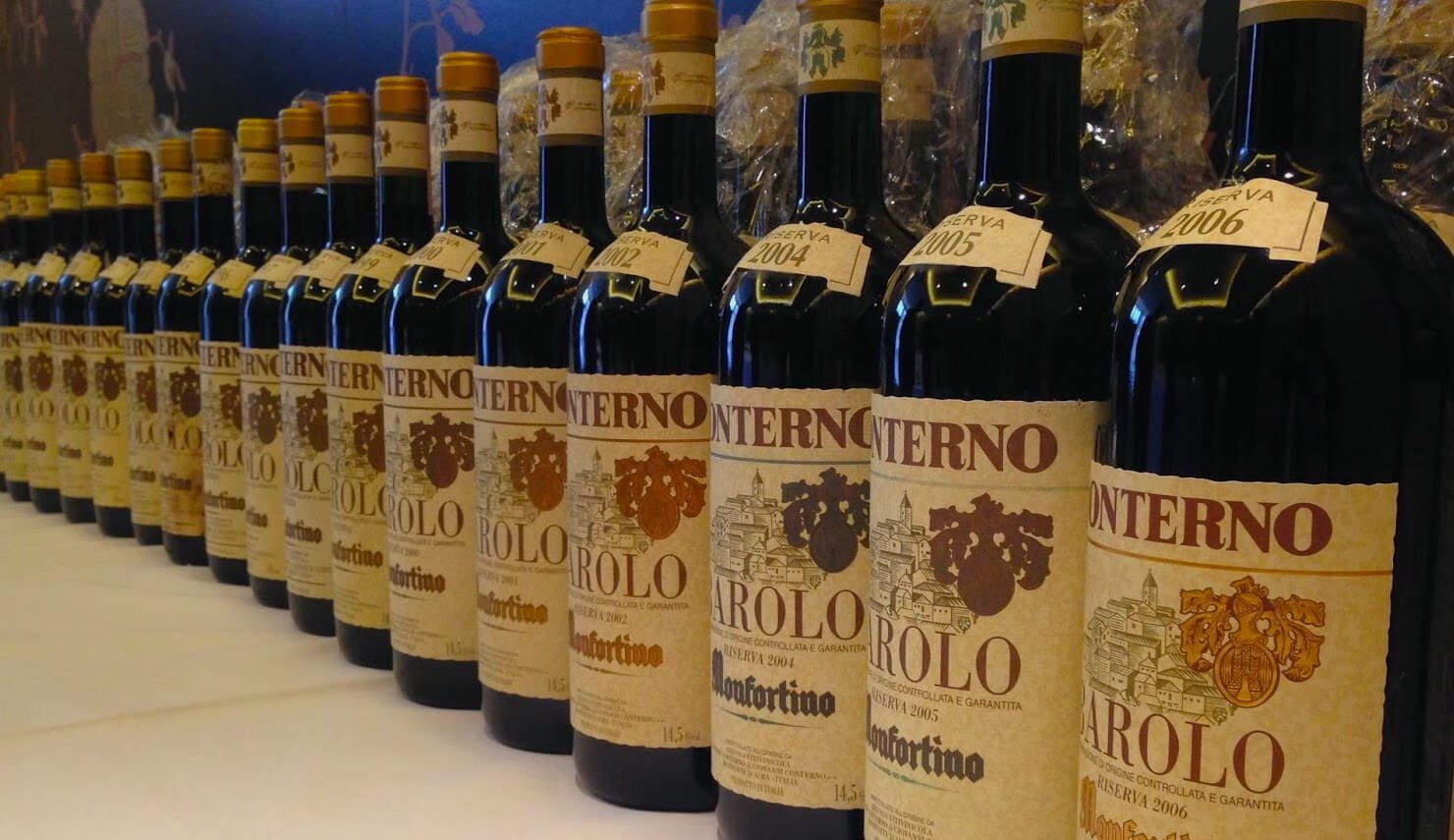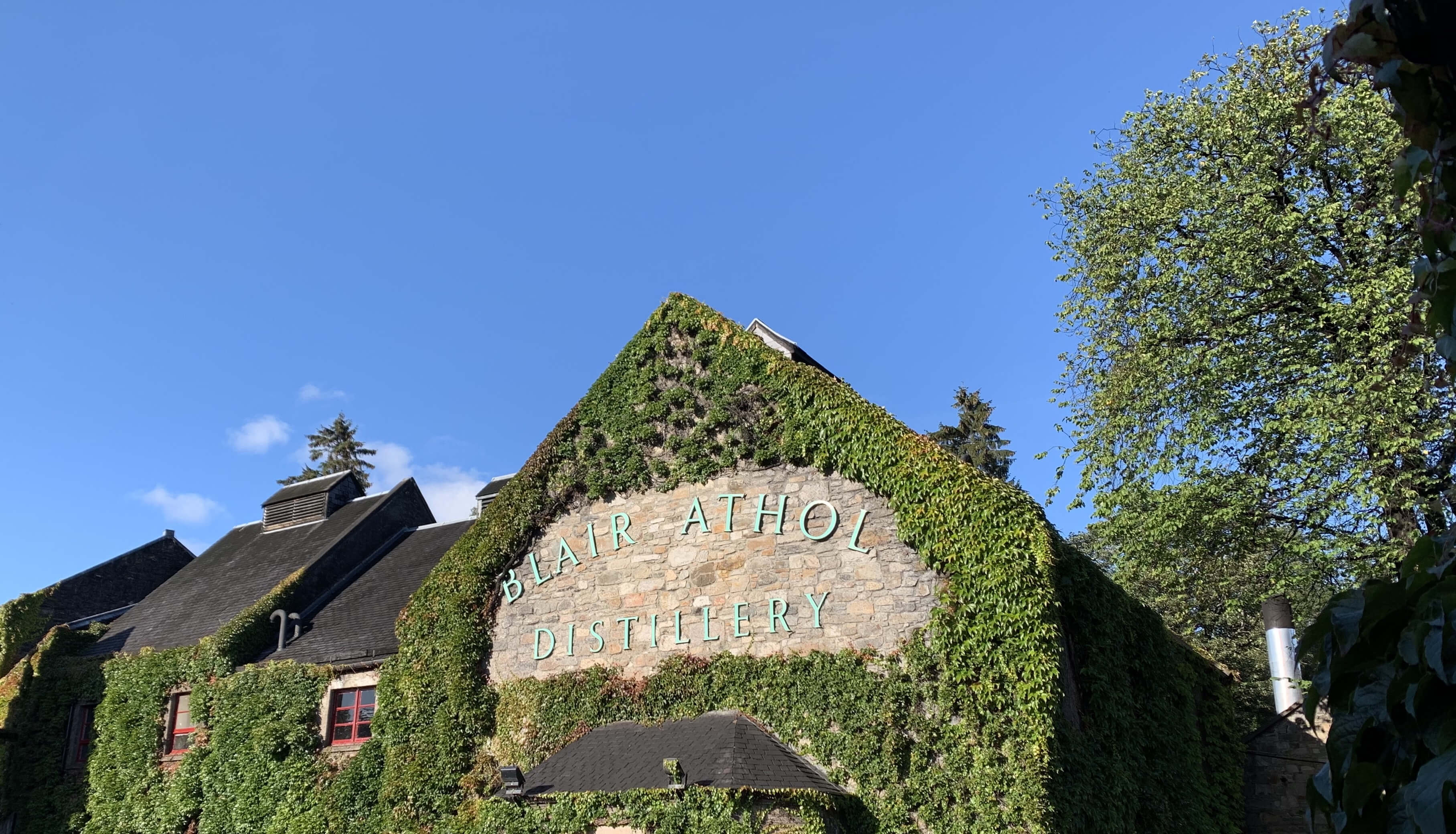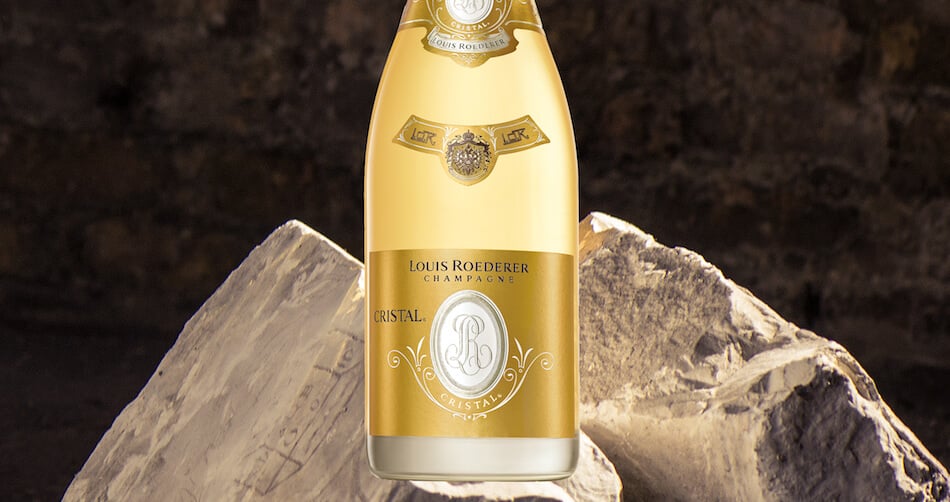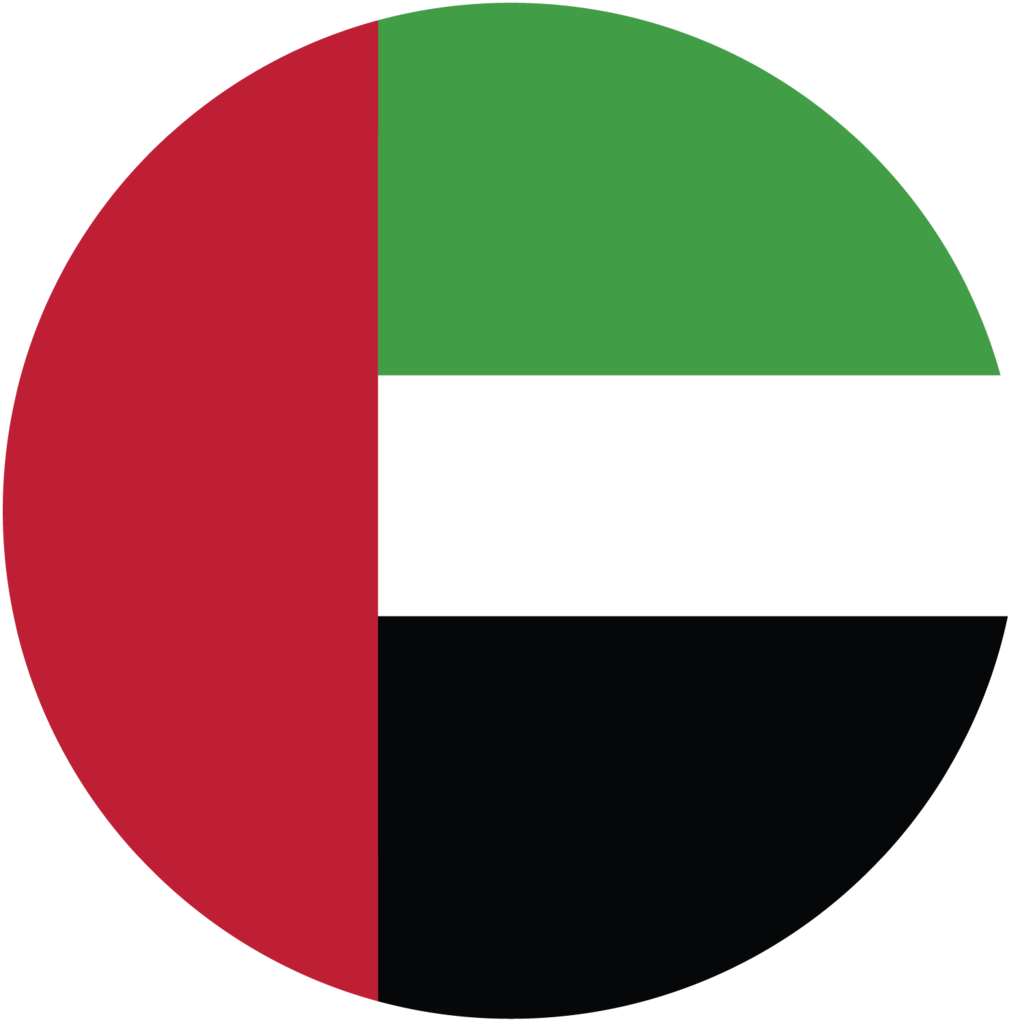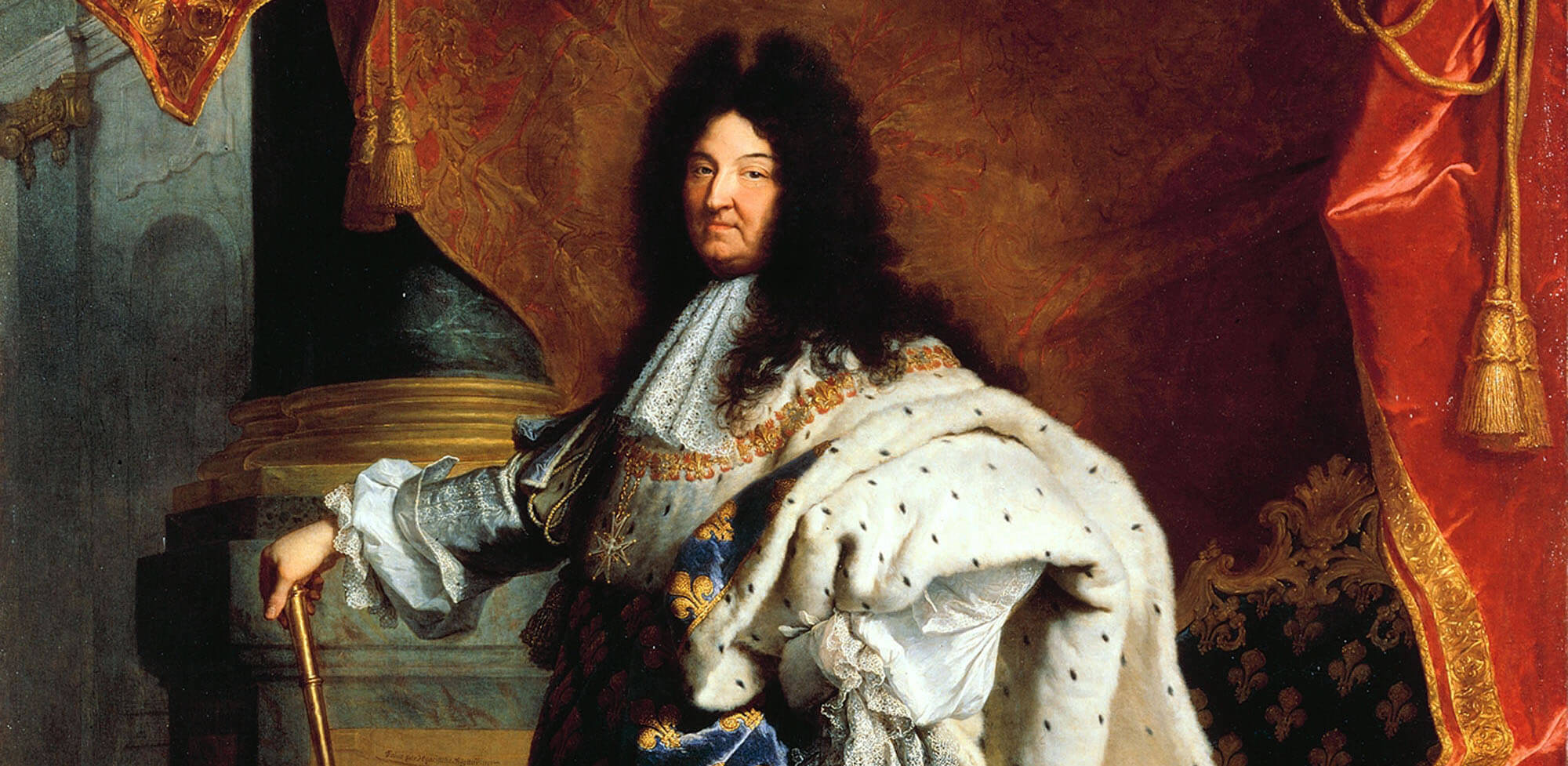

Champagne is one of the holy trinity of France’s top fine wine regions alongside Bordeaux and Burgundy and nowadays it brings something wholly different to the table (or rather the party) than either of the other two. Hardly challenged by the growing amount of Crémant de Bourgogne, it is the greatest source among the three for and the world’s unrivalled leader in fine sparkling wine.
For that it has much to owe to its once-bitter rival, Burgundy. Throughout the later Middle Ages and Renaissance, the two regions vied for favour in French court. By the golden age of Louis XIV the wines of Burgundy and Champagne - at the time both best known for their red wines made from Pinot Noir - were at the centre of heated competition. A very familiar pendulum swing of health crazes swung to and fro with advocates of each wine taking part in an escalating war of words that nearly carried onto the battlefield.
Through much of his life Louis XIV’s physician was an ardent advocate of Champagne. Antoine d’Aquin believed in the health benefits of Champagne’s higher-acid lighter-bodied wines and while he remained in position the region found favour in the royal court. As age took its toll on Louis and he entered the latter stages of his 72-year-reign, he took on a new doctor, Guy-Crescent de Fagon, known primarily for his work in Botany.
Fagon extolled the deeper colour and intensity of Burgundy and quickly Champagne faded from favour. He lambasted Champagne’s light colour, inherent instability and tendency to develop its now-essential pétillance if not consumed quickly.
Although many of his other opinions on health were considered fringe and medieval for the era (he seemed to delight in blood-letting to the point were he may inadvertently have bled several patients to death), his decree that Champagne was to blame for Louis’ declining health succeeded in putting Burgundy firmly into favour at Versailles and thereby the rest of France’s high society. He even went so far as to recommend that Louis bathe his gangrenous leg in Burgundy. He did, it didn't work and the king duly died.
Far from putting the matter to bed, the back and forth carried on for years. Competing medical schools in Reims and Beaune sponsored publications that decried each other’s wines as inferior health-wise, but in the end the Champenois seemingly capitulated.
Rather than fading into obscurity, they reinvented themselves by embracing the so-called “instability” in their wines and created a rapid sensation with their new innovation of intentionally sparkling wine. By the 1730s it was growing in fashion and became the drink of choice for Europe’s royal palaces, though it was not until the 1800s that it became standard practice across Champagne.
As a side note, this innovation is often attributed to the legendary monastic cellar-master Dom Pierre Perignon, but it was well known that he and Louis XIV detested bubbles in their wines.
As the deliberate introduction of bubbles via secondary fermentation increasingly came to dominate Champagne and the still red wines were phased out, the fire went out of Champagne and Burgundy’s rivalry. They may have the same grape varieties and the region may still produce a token amount of still red Coteaux Champenois, but the competitive edge has been blunted.
Such a rivalry may have been spirited at one time but in the words of a writer of the times, “happy is the nation that never knows any other kind of war.”













